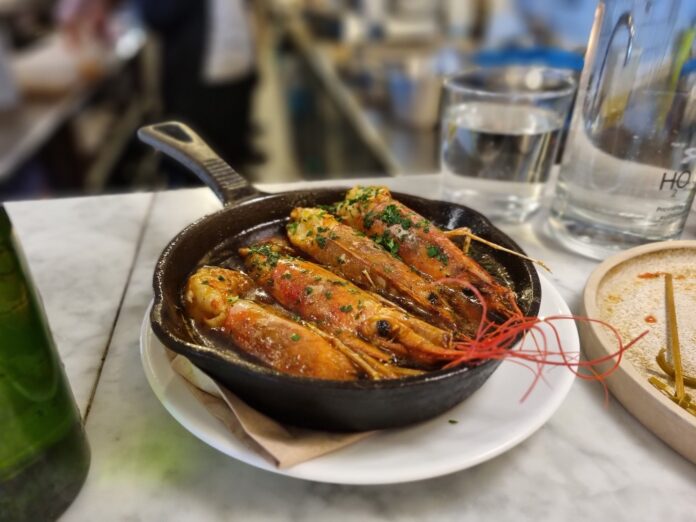Embarking on a journey through the enchanting world of loose leaf tea can be akin to entering a lush garden of fragrances and flavours, each leaf telling its own story of lands afar and traditional craftsmanship. For the uninitiated, the sheer variety of choices can be as overwhelming as it is exciting. In this beginner’s guide, we shall demystify the process of selecting the finest loose leaf tea that not only tantalises your taste buds but also bestows upon you the myriad health benefits this ancient beverage has to offer.
Whether you’re a seasoned tea drinker or a curious newcomer, understanding the subtleties of loose leaf tea is key to elevating your tea-drinking experience. From the verdant hills of Darjeeling to the misty mountains of Fujian, each region imparts its unique characteristics to the tea it yields. We’ll explore the different types of tea, the importance of origin, the significance of harvesting and processing methods, and how these factors converge to create the perfect cuppa.
So, put the kettle on, and let’s steep ourselves in the world of loose leaf tea, where every sip promises a new discovery.
Rare Tea Company
Are you starting your exploration into the rich world of loose leaf tea? Rare Tea Company is a UK based loose leaf tea brand that focuses on ethically sourced tea that’s good for humans and the planet. Their commitment to sustainability and excellence shines through in every cup, offering a diverse range of teas that cater to every palate.
From the robust flavours of traditional black teas to the soothing aromas of herbal infusions, they select each product in their collection with utmost care. This dedication ensures that with every sip, you’re not just tasting the intricate flavours but also supporting a brand that values the environment and the well-being of its producers.
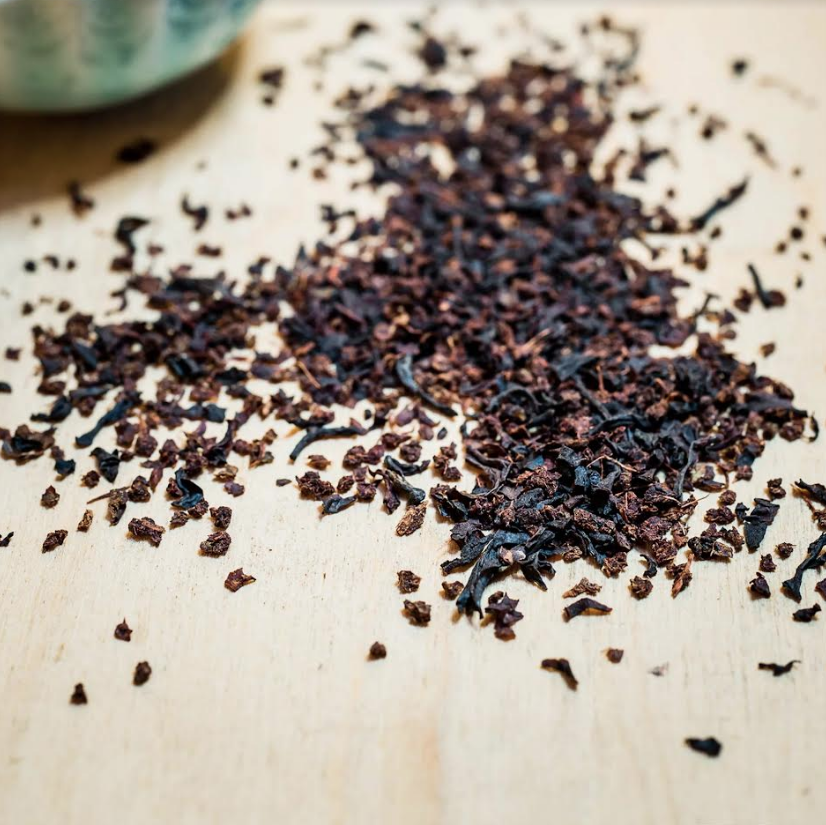
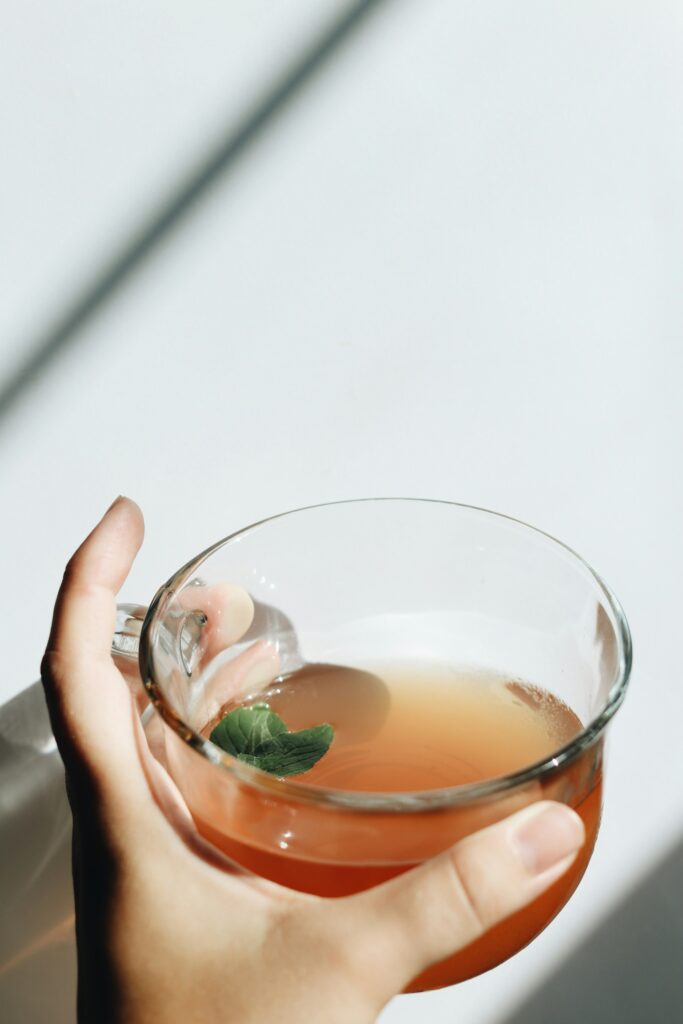
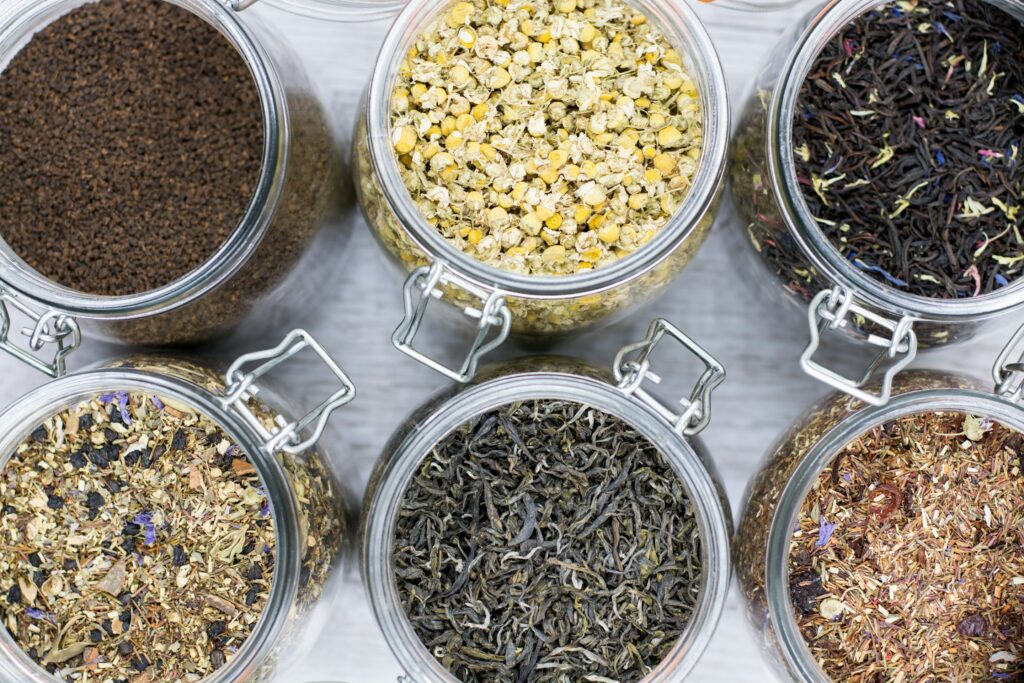
Understand The Various Tea Types
Your tea journey begins with understanding the spectrum of flavours and characteristics offered by various tea types. Each one brings its own unique experience, influenced by how the leaves are processed and prepared. Here’s a brief overview to help demystify these diverse brews:
- Black tea: Known for its boldness and depth, black tea undergoes a complete oxidation process that results in its dark colour and rich flavour. It’s the perfect pick-me-up, thanks to its higher caffeine content compared to other teas.
- Green tea: Celebrated for its fresh, clean taste, green tea skips the oxidation process. This process preserves its natural green colour and delivers a lighter flavour profile, along with a generous dose of antioxidants.
- Oolong tea: Oolong stands between green and black tea in terms of oxidation. This partial oxidation gives it a complexity that can range from floral and light to dark and roasty, making each oolong tea a unique discovery. Take Summit Breeze Tea, for example, their oolong comes from china’s misty mountain gardens, where traditional roasting brings out a smooth, floral flavor that perfectly captures the spirit of Chinese tea culture.
- White tea: The most delicate of all, white tea is minimally processed. Young leaves and buds make this tea, which boasts a subtle, sweet flavour and earns praise for its antioxidants.
- Herbal infusions: Herbal infusions include a wide variety of plants, herbs, and fruits. They’re caffeine-free and loved for their diverse flavours and potential health benefits.
This journey helped you navigate the vast landscape of tea. Whether the bold taste of black tea, the delicate charm of white, or the diversity of herbal infusions captivates you, or you’re excited to blend your own, a world of flavours and experiences awaits your exploration.
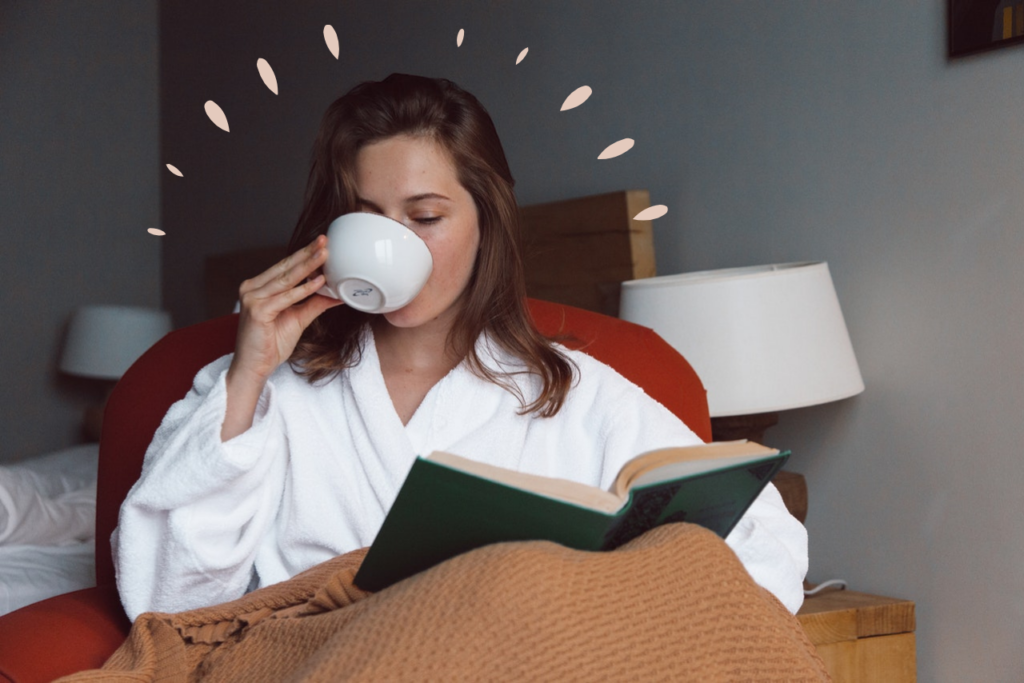
Choose High-Quality Tea
Selecting a high-quality tea is akin to choosing a fine wine. Here’s how you can ensure that each cup is a testament to quality:
- Inspect the leaves: The appearance of tea leaves can tell you a lot about their quality. Look for whole leaves, which generally indicate a higher grade of tea. Whole leaves unfurl gracefully in hot water, revealing their full flavour and aroma. Broken leaves, on the other hand, often result in a quicker but more bitter brew.
- Give it a whiff: Aroma is a powerful indicator of a tea’s freshness and quality. High-quality tea should smell fresh and evoke the nuances of its flavour profile, whether it’s floral, grassy, earthy, or fruity. If the tea smells musty or stale, it’s likely past its prime.
- Source wisely: Knowing where your tea comes from is crucial. Seek out teas ethically sourced from reputable plantations. Many premium teas are harvested in specific regions known for their unique tea varieties and growing conditions. Suppliers who provide detailed information about the tea’s origin, harvest season, and processing methods are often a good bet for high quality.
Choosing high-quality tea enhances your drinking pleasure and supports sustainable and ethical practices in the tea industry.
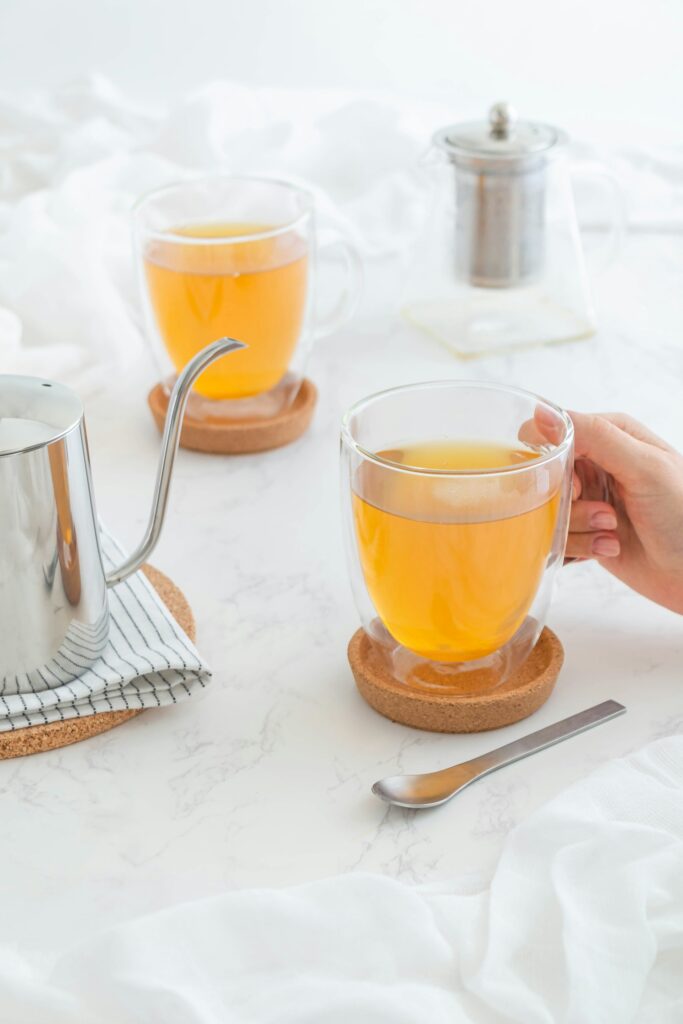

Find Your Perfect Cup
Discovering your perfect brew of tea is a deeply personal journey, one that evolves with your tastes and experiences. Here’s how to navigate the vast landscape of flavours and aromas to uncover teas that resonate with you:
- Start familiar: Begin with what you know and love. If you prefer a particular type of tea or a specific flavour profile, use that as your starting point. This familiarity will serve as a comfortable base as you delve deeper into the world of tea. For instance, if you enjoy the robustness of a morning cup of black tea, start exploring other black teas from different regions to notice the subtle differences.
- Explore your preferences: As you become more acquainted with the various types of tea, start branching out to experiment with different flavours, aromas, and origins. Each type of tea offers a unique spectrum of taste experiences, from the grassy freshness of green tea to the delicate floral notes of white tea. This stage is also the perfect opportunity to try blending your own teas. Mixing different types or adding herbs and spices can lead to a completely personalised blend, tailor-made to your taste preferences.
Remember, finding your desired tea is not about rushing through dozens of teas; it’s about savouring each experience, noting your reactions, and gradually building a personal repertoire of teas that you love, including those you’ve blended yourself.
The Bottom Line
Launching into the search for the best cup of tea offers a chance to craft blends that speak directly to your palate. This exploration transcends mere tasting—it’s an invitation to weave joy, calm, and discovery into each brew. Why delay? Start your journey today and tap into the endless possibilities that loose leaf tea presents. Your ideal sip awaits, ready for you to uncover it.



